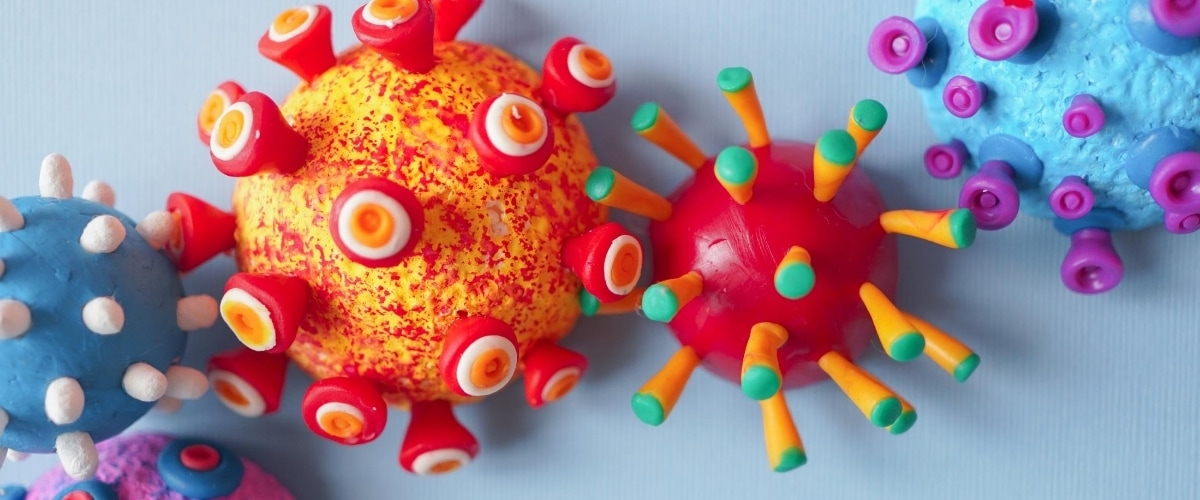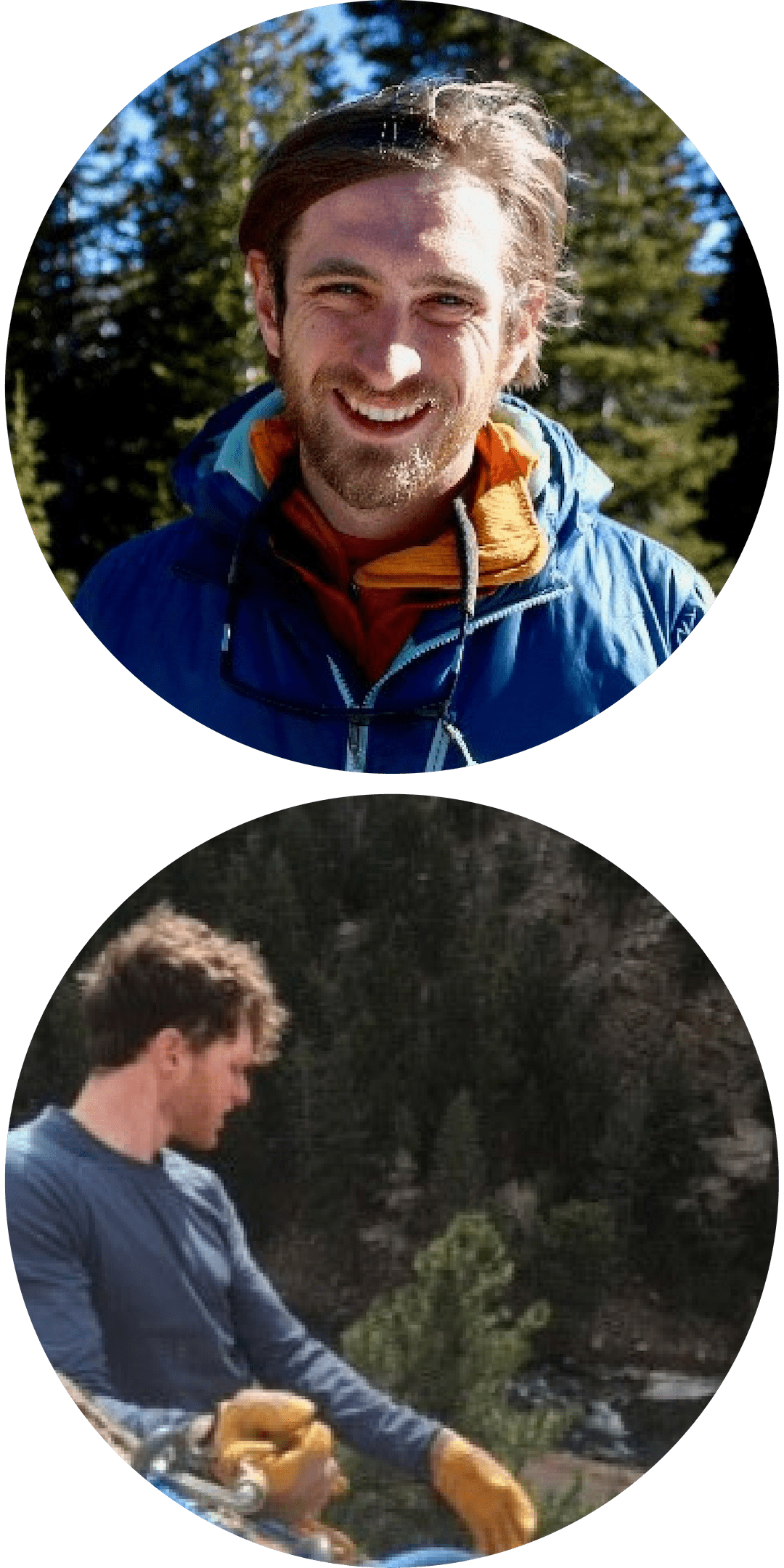How to Plan Activities for Groups and Teams During COVID

As COVID-19 threatens the health of our global community, climbing gyms across the world are facing challenges unlike any we’ve seen before. As climbing gyms begin to reopen, operations cannot be business as usual.
In this time of uncertainty and change, the indoor climbing industry has been implementing creative and innovative new approaches in order to meet the challenges it’s facing and get its community climbing safely again. Aspiring young climbers are a huge part of that community, and they are as eager as anyone to start climbing with their friends again.
As gyms begin considering the possibility of reopening their youth programs, they are realizing the overwhelming logistics involved. In our previous post we discussed some general considerations gyms must consider when mapping out the reopening of their youth programs. Now, we want to discuss how to approach the planning and implementation of activities and share an example of an activity that highlights this approach.
PLANNING
At Headwall Group we like to stress the importance of program planning. When considering running a youth program in the time of COVID-19, planning is even more important.
Each practice should have a detailed program plan that includes health and safety considerations for all activities coaches will facilitate during a practice. Program Directors should make it very clear who is responsible for creating these plans and continually audit program plans to make sure that all health and safety considerations are addressed in the plan. This should continue as long as any health risks exist in order to avoid complacency.
The plan should answer three questions for each activity:
- What will be done to mitigate the environmental risk? e.g. how does the setting contribute to an increased risk of exposure to COVID, how can this be mitigated (not eliminated)?
- What will be done to mitigate the equipment risk? e.g. how does the use of equipment contribute to an increased risk of exposure to COVID, how can this be mitigated (not eliminated)?
- What will be done to mitigate the social risk? e.g. how does the manner in which your group is expected to interact contribute to an increased risk of exposure to COVID, how can this be mitigated (not eliminated)?
Creating quality and consistent program plans acts as a roadmap to program goals and helps with efficiency and group management. In these times, a program plan will also allow a coach to think through and plan for any health risks.
COMMUNICATE EXPECTATIONS
When facilitating activities that require a group to behave in a certain way in order to mitigate health risks it is important that the coach presents these expectations clearly. For example, if your program is requiring social distancing, the coach should explicitly state where participants should be during an activity.
Try to find creative ways to build these expectations into the rules of the activity so that the participants feel engaged in the process and as a coach, it is easier to encourage appropriate behavior. For example, if you are transitioning the group from one area of the gym to another, rather than just telling participants to stay six feet away from each other as they walk, give them a task that requires it, such as tying a knot every six feet along a climbing rope that each participant can hold as the group transitions together. For younger groups, a story can be added to make it more engaging.
The reality is, no matter how well the coach has planned and no matter how clearly expectations have been stated it is impossible to guarantee all participants will follow all the expectations all of the time. If reopening your program depends on 100% compliance with social distancing and hygiene expectations, your program should not reopen as that is an impossible goal.
However, planning and clear communication of expectations can help establish new norms that programs can practice and adapt to. Below is an example of an activity that addresses the three risk categories that we have identified as of the largest concern: Environment (space) risk, equipment risk and social risk.
ACTIVITY NAME: Beta Map
Category: Skill Building
Objective: Climbers will work together to find the secret sequence from a Start Hold to a Finish Hold.
Equipment Needed: Spray Wall or Traverse Wall
Rules:
- The only person that knows the secret sequence is the Coach.
- Climbers take turns climbing and always start on the start hold.
- From the start hold, the first climber chooses any other hold that is within reach and grabs it.
- The coach who is holding the map, tells the climber if that is the correct hold or if it is an incorrect hold.
- If it is a correct hold, the climber is allowed to advance and try another hold, if it is not, that climber’s turn is over.
- The next climber then begins at the start hold, completes any of the moves that have already been discovered and then gets to try another move.
- If a climber fails to climb the correct sequence (even if it is a part of the sequence that has already been discovered), their turn is over.
- Once the Finish Hold has been gained, climbers take turns climbing the entire sequence.
- The team is successful when each climber has climbed the entire sequence.
How To Instruct: For younger climbers it can help to apply a storyline to the game (navigating their way through a swamp or up a mountain but there are pitfalls along the way). Emphasize the importance of paying attention to sequencing in climbing, that if you get pulled into the wrong sequence on a boulder problem or route, you will have to downclimb, wasting energy, or you might even fall. This game can highlight how difficult it can be to figure out the “beta” or right way to do a route or boulder problem, and that when you have “unlocked” the beta, it is important to remember it for future attempts.
Considerations:
- Make sure to pre-map the sequence before teaching the game and write it down on a piece of paper so it is easy to identify as climbers are climbing.
- It can help to play this game on the ground first to help climbers understand the concept. This can be done by laying out a grid of spot marks (4x4 or 5x5 works well) and playing by the same rules.
- Make sure the sequence is equitable across all climbers in the group; sequence should be challenging but attainable for all climbers.
Health Considerations:
Environmental Risk: Small space, space shared with members
- Mark spots on the ground where participants will wait their turn (6ft apart)
- Section off area during the activity for team use only. Create a physical barrier with a sign.
Equipment Risk: Climbing holds are frequently touched many times by all participants throughout the game.
- Coach provides hand sanitizer before and after each turn for each participant.
- 20 second handwashing following the activity.
- Encourage participants not to touch their face during activity.
Social Risk: This is a group activity, so it requires multiple participants.
- Break the team up into cohorts and have cohorts take turns with the activity.
- Masks required during the activity.
- Team has to start over every time someone touches their face/touches or gets too close to another participant.
About the Headwall Group
 The Headwall Group distills the lessons learned as educators and leaders working in dynamic and high risk environments and brings them to youth-serving organizations. The Headwall group provides trainings, consultation, and curriculum development services that are rooted in our experience as outdoor experiential educators for climbing gyms, summer camps, and schools.
The Headwall Group distills the lessons learned as educators and leaders working in dynamic and high risk environments and brings them to youth-serving organizations. The Headwall group provides trainings, consultation, and curriculum development services that are rooted in our experience as outdoor experiential educators for climbing gyms, summer camps, and schools.
The Headwall Group was founded by Bix Firer and Pat Brehm. Bix Firer (MA, University of Chicago) is currently the Director of Outdoor Programs at College of Idaho and has worked as a wilderness educator, trainer, facilitator, and experiential educator for over a decade. Pat Brehm works as a professional organizational trainer and has spent his career as a climbing coach, facilitator, and outdoor educator.
